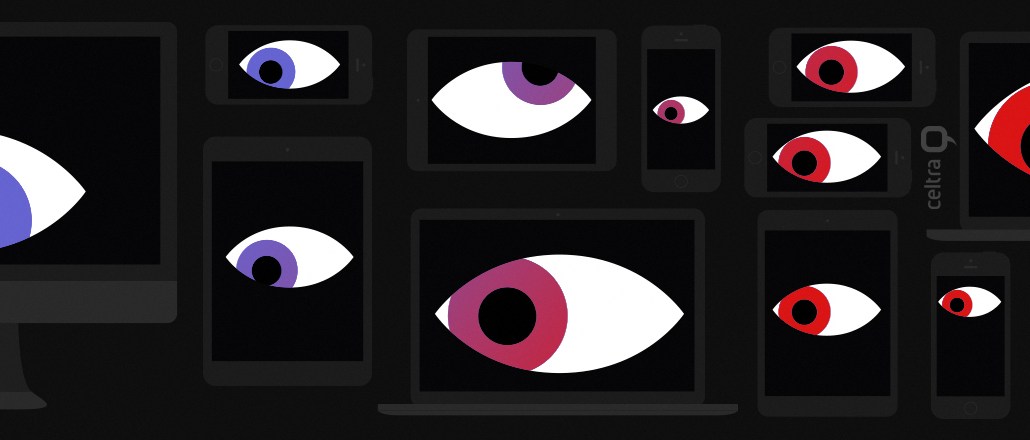Save 50% on a 3-month Digiday+ membership. Ends Dec 5.

Just over half (52 percent) of display ads served in the U.K. throughout the third quarter of 2015 were viewable, a sluggish 3 percent increase from the previous quarter.
The figures come from ad verification firm Meetrics, which tracked billions of impressions across Europe, and pinpointed the U.K. as the weakest on viewability rates compared to Austria, France and Germany. Meetrics estimates that this adds up to a loss of £260 million ($402 million) in media spend throughout July, August and September — a rate of £1 billion ($1.5 billion) a year.
France and Germany, however, are doing much better. France saw its viewability rates rise 62 percent in the second quarter to 69 percent in the third. Germany saw its own drop from 64 percent to 61 percent. Austria held steady at 70 percent.
Meetrics director of international business Anant Joshi said the U.K. lags behind the other European countries in viewability because it is a more advanced programmatic ad market, in which open exchanges are more commonly used, resulting in a longer tail of publishers and therefore “lower viewability” inventory.
Incisive Media’s head of programmatic Darren Sharp agreed the U.K’s more advanced programmatic market could be a factor. “If publishers can monetize inventory irrespective of whether it is viewed or not, there is always the temptation to add more ad slots to a page to increase revenue,” he added.
Meetrics’ report isn’t the first to show poor viewability rates for online display ads — Google released a report last year revealing 56 percent of all banner ads are never seen globally. Numbers like these have led companies like Group M and Unilever to demand that publishers only charge them for ads that have a 100 percent chance of being seen.
Ad position: web_incontent_pos1
This approach has been adopted in Austria, with publishers held to 100 percent viewability trading expectations by agencies, which is why it has higher viewability rates compared to the U.K., said Joshi.
If publishers have, for example, a 70 percent viewability rate, they must fill the remaining 30 percent with ads in order to get paid. The flip side is that they can then charge higher premiums, which many advertisers are willing to pay because it’s better-quality inventory, according to Joshi. ORF — Austria’s equivalent to the BBC — is among those to have increased its CPMs as a result.
U.K. publishers are also under pressure. Incisive Media’s Sharp said they are all having to prove their viewability rates. “If our viewability is 65 percent, we need to make up the 10 percent in additional free-of-charge impressions,” he added.
Joshi added that the main reason ads aren’t viewable is they take too long to load, with about 20 percent of ads served not loading before a viewer has moved elsewhere. “The industry has much to do in terms of increasing Web page performance and ad serving systems,” which would also “drastically” reduce the amount of Web browser redirects that happen behind the scenes before the content is loaded, he said.
The report also showed a breakout of which ad formats fare better for viewability (see below).
Ad position: web_incontent_pos2
One of the biggest issues with viewability is there are still discrepancies between how vendors track it. Incisive Media’s Sharp said some vendors measure all ad formats on the standard 50 percent for one second metric, rather than the 30 percent for one second, which is the IAB standard for larger format ads. Just this difference in measuring can have a “massive” impact on viewability, and the popularity of larger formats and “rising star” IAB formats in the U.K. could also be what makes its viewability rates seem lower than those in other European countries.
More in Marketing

Ulta, Best Buy and Adidas dominate AI holiday shopping mentions
The brands that are seeing the biggest boost from this shift in consumer behavior are some of the biggest retailers.

U.K. retailer Boots leads brand efforts to invest in ad creative’s data layer
For media dollars to make an impact, brands need ad creative that actually hits. More CMOs are investing in pre- and post-flight measurement.

‘AI is permeating everything we do’: How Guitar Center developed 2 AI tools this year
This summer, the company launched a chatbot called Rig Advisor to help customers find the right instruments and products.
Ad position: web_bfu




